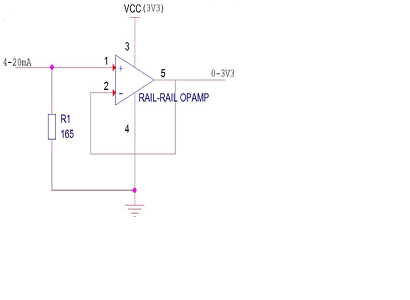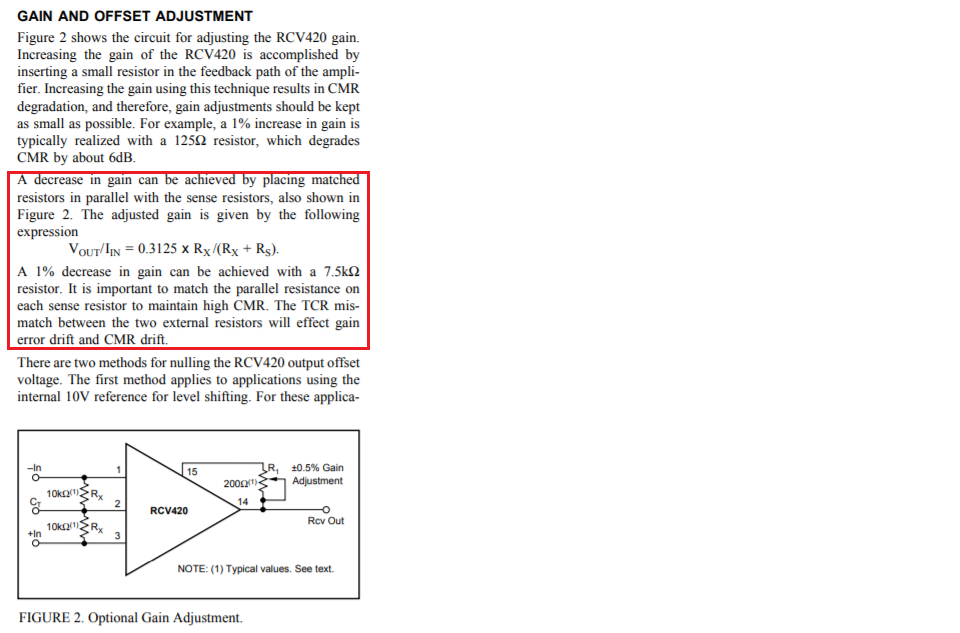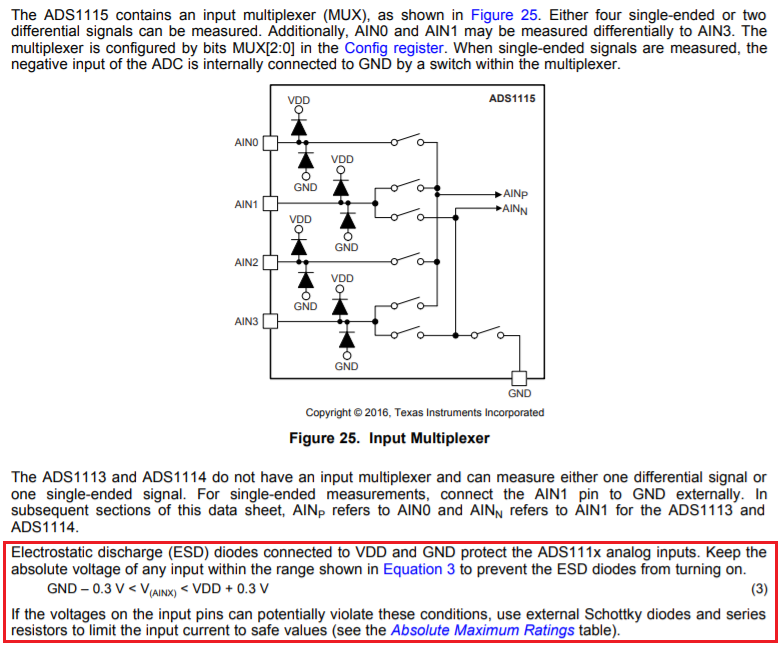Hi everyone,
I have a Fiber optic amplifier which outputs analog 4-20mA current and I've low power controller and can accept upto 3.3V. I have used this readily available board to convert 4-20mA to 0.55-3.3V and then uses an ADC to read the value - https://it.aliexpress.com/item/32973712244.html
The module is noisy or needs to be re-calibrated again if the readings change at sensor side and it's not much effective for my commercial application. I am looking for something to develop inhouse and then use it.
I have read about RCV420 it converts from 4-20mA to 0-5V. But my voltage range is somewhat different. I have read about connecting a resistor between CT and IN pin. Some people have suggested to use ina186 with discrete components.
I am not sure about the circuits to use. Can you please help me to design the circuit or guide me? If you need more details, please let me know, I will definitely try to provide.
I accept these kind of questions have been asked so many times on the forum but I still don't have clarity in my thoughts to implement.
Thank you.





